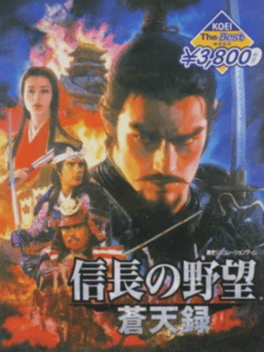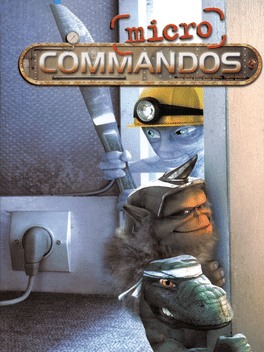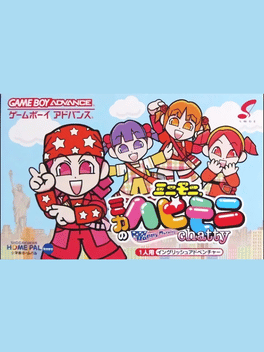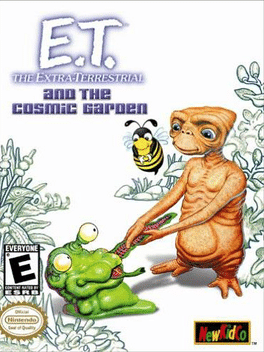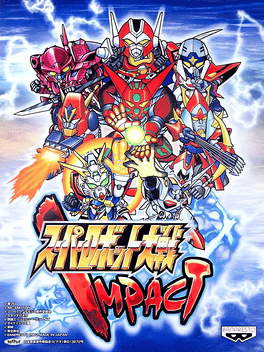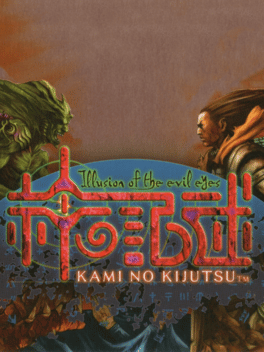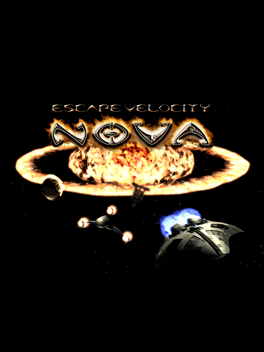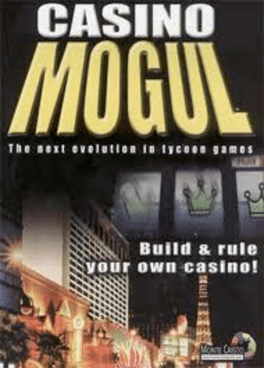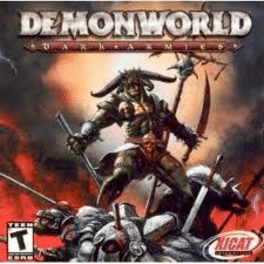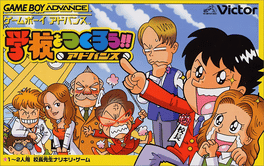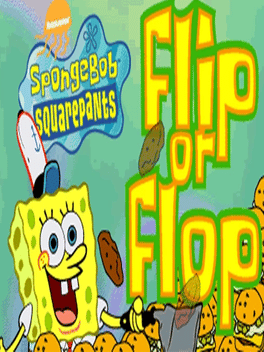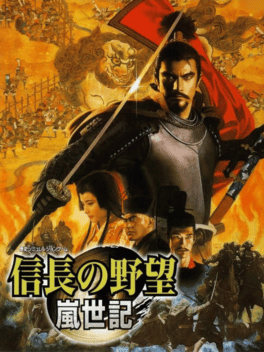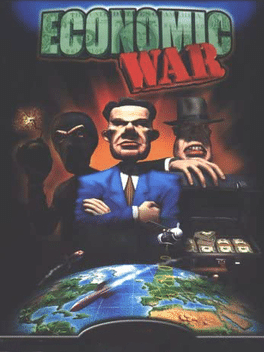New Strategy Games - Page 170
-
Kidou Senshi Gundam Vol. 3 A Baoa Qu
2002
Kidou Senshi Gundam Vol. 3 is a Strategy game, developed and published by Bandai, which was released in Japan in 2002. -
Oshaberi Inko Club
2002
Oshaberi Inko Club
2002
Oshaberi Inko Club is a Strategy game, published by Alpha Unit, which was released in Japan in 2002. -
Micro Commandos
2002
Micro Commandos
2002
Micro Commandos is a real time strategy game where you control tiny aliens from another planet look for a so called "Ultimate Weapon". Lead your aliens through 14 missions in the world of the big people. Explore unusual settings like a museum, subway, pizzeria....Collect resourse's of food and material to feed and construct vehicles and buildings for your aliens. Fight off another alien race looking for the Ultimate Weapon as well as bugs hamsters and the family cat. -
MiniMoni: Mika no Happy Morning Chatty
2002
MiniMoni: Mika no Happy Morning Chatty is a Strategy game, published by Shogakukan, which was released in Japan in 2002. -
Kawaii Koinu
2002
Kawaii Koinu
2002
Kawaii Koinu is a Strategy game, published by MTO, which was released in Japan in 2002. -
E.T.: The Extra-Terrestrial and the Cosmic Garden
2002
He might be wrinkled and a little bit slimy on the outside, but his heart is pure gold. Perhaps the most famous cinematic space alien ever to capture kids' imaginations, E.T. stars in this delightful adventure for the Game Boy Color. The title character's green thumb comes out to make its presence known in this installation of the story (remember, E.T. is an excellent gardener). Help the little guy travel to the farthest reaches of space collecting specimens of various plants for the Cosmic Garden that lives on his spaceship. Once you've collected all of the plants, the object of the game is to make sure they can stay alive in the Garden. New friends, Space Bee and Space Slug a couple of adorable additions to the saga will assist you. With addicting gameplay, excellent graphics, and classic characters, this is one game that's certainly worth phoning home about. -
Super Robot Taisen Impact
2002
Super Robot Wars Impact is the first SRW game for the Playstation 2. It is an enhanced remake of the three chapters of Compact 2 and contains over 100 stages, making it the longest SRW to date. -
Kami no Kijutsu: Illusion of the Evil Eyes
2002
Kami no Kijutsu: Illusion of the Evil Eyes is a Strategy game, developed by KCEJ and published by Konami, which was released in Japan in 2002. -
Escape Velocity Nova
2002
Escape Velocity Nova
2002
Escape Velocity Nova (a.k.a. EV Nova or EVN) is a video game by Ambrosia Software, in collaboration with ATMOS. It is the third game in the Escape Velocity series of space trading & combat games. -
Casino Mogul
2002
-
Mutsu: Water Looper Mutsu
2002
Mutsu: Water Looper Mutsu is a Simulation game, developed by Alpha Unit and published by Tomy Corporation, which was released in Japan in 2001. -
Demonworld: Dark Armies
2002
Demonworld: Dark Armies is a real-time strategy game that plays similar to the Warhammer franchise. Demonworld: Dark Armies' idea of a real-time strategy is gigantic armies of different races clashing on large battlefields in a variety of environments. If you are a fan of the Warhammer series, it would be a good idea to pick this game up. -
Gakkou wo Tsukurou!! Advance
2002
Gakkou o Tsukurou!! Advance is a Strategy game, developed by Groove Box Japan and published by Victor Interactive Software, which was released in Japan in 2001. -
Daisenryaku for Game Boy Advance
2002
Daisenryaku for Game Boy Advance is a Strategy game, published by Media Kite, which was released in Japan in 2001. -
SpongeBob SquarePants: Flip or Flop
2001
Help SpongeBob cook Krabby Patties for his customers all throughout shifts. Watch out for special orders and Patrick, for he is hungry. -
Nobunaga's Ambition: Ranseiki
2001
The ninth title in the Nobunaga no Yabou series, this game returned to province-taking battles, and a system of varying powers was introduced. -
Economic War
2001
Economic War
2001
Economic War was The title that shook the management game world when it was released. Cross the tiresome boundaries of political correctness and politeness to experience socio-political reality drenched in bribery and corruption! -
Ultimate Ride: Disney Coaster
2001
Ultimate Ride is a roller coaster video game designed for people to design, engineer, and ride roller coasters. It was released in September 2001 and opened an official website where members could upload their designs and share them with other members. -
Knights of the Cross
2001
Knights of the Cross
2001
Based on the Polish novel by Henryk Sienkiewicz. It's a turn-based strategy game where players take on the role of a knight of either side and must engage in a series of tactical missions, manoeuvring your forces and defeating your enemies in typical fashion. There are over 100 battles to take part in, with new units, weapons and upgrades available as you complete each one, while environmental conditions such as rain, snow and storms have an impact on the battles

